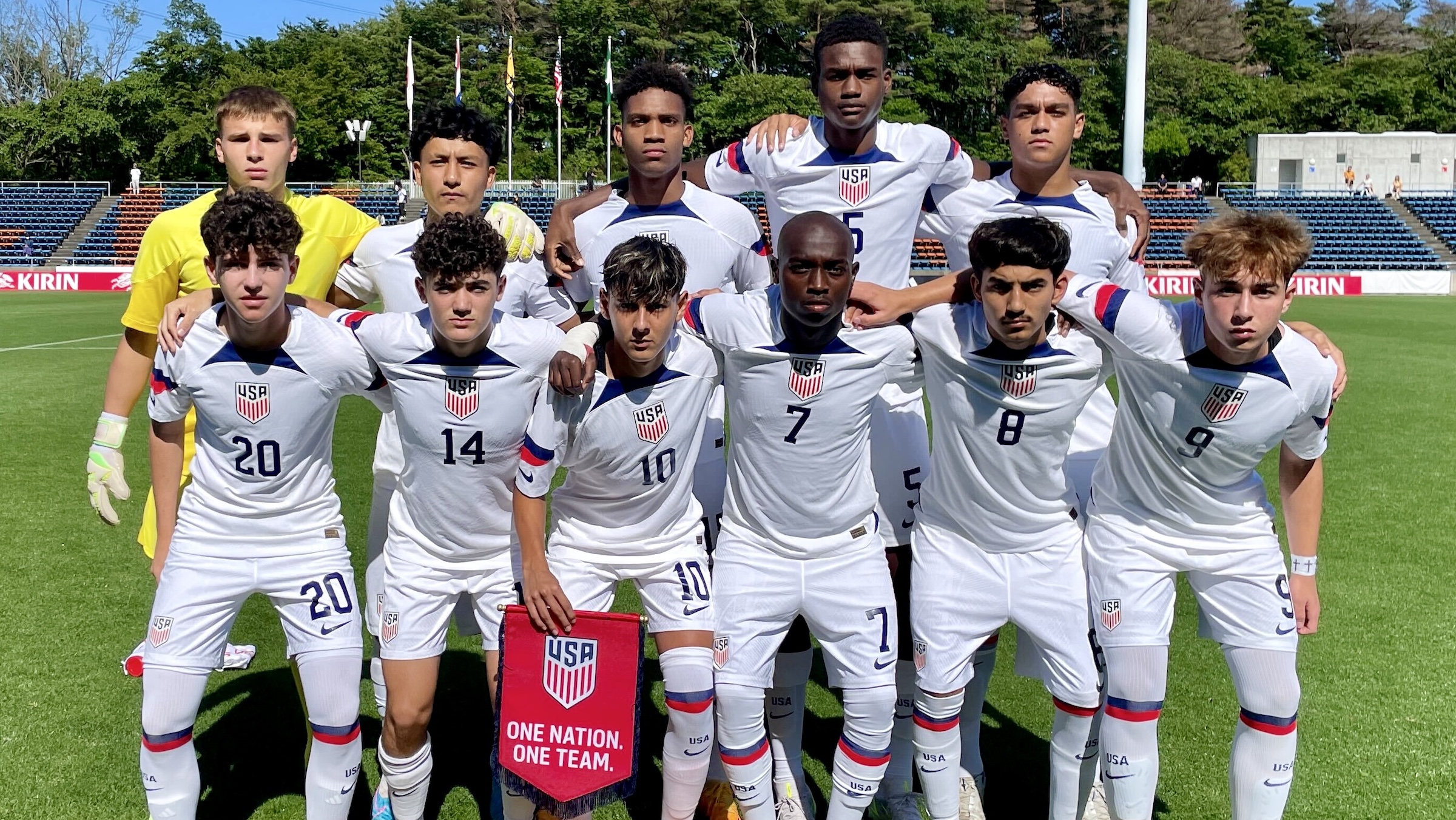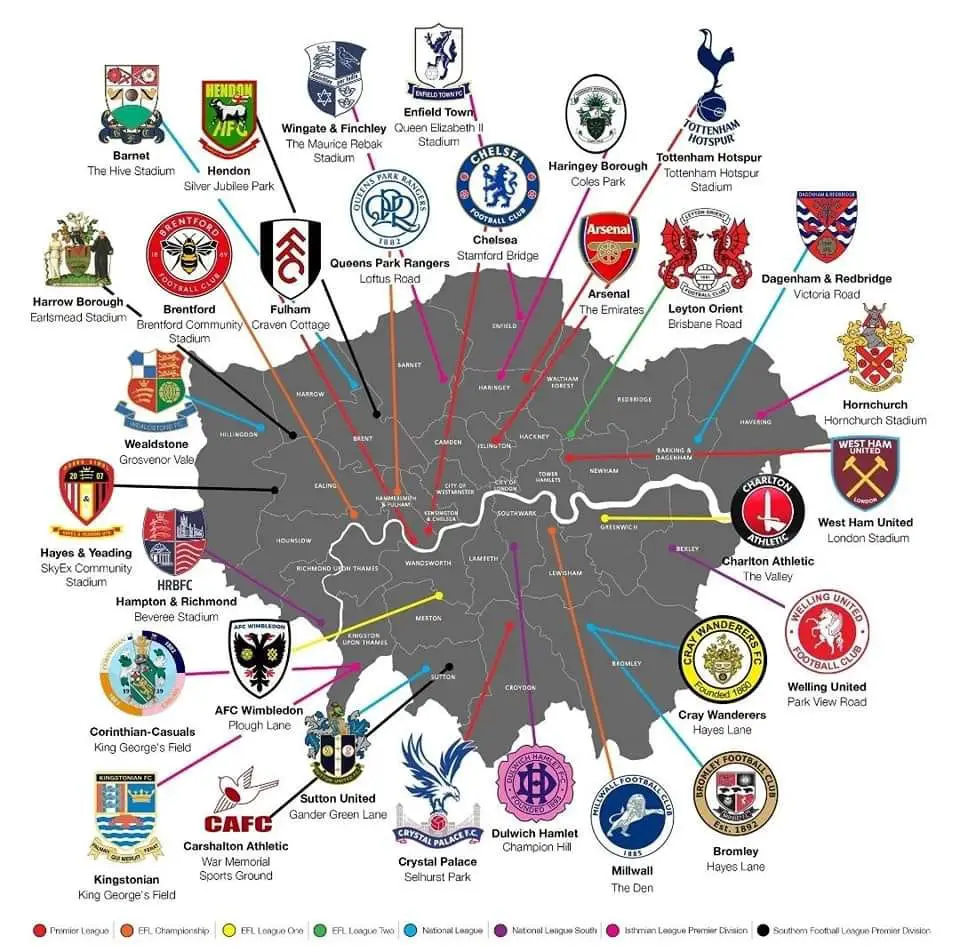The Complex World of American Football Teams
The United States is a country deeply rooted in the tradition of American football. From the professional National Football League (NFL) to the competitive collegiate landscape of the National Collegiate Athletic Association (NCAA), football has captivated the hearts and minds of millions of Americans. However, the world of American football extends far beyond the well-known professional and college teams, encompassing a diverse array of minor leagues, semi-professional organizations, and even youth and women’s football.
Professional Football: The NFL and its 32 Teams

The National Football League (NFL) is the premier professional American football league, featuring 32 teams divided into two conferences: the American Football Conference (AFC) and the National Football Conference (NFC). Each of these conferences is further divided into four divisions, with each division containing four teams.
The AFC and NFC Divisions
The AFC is composed of the following divisions:
- AFC East: Buffalo Bills, Miami Dolphins, New England Patriots, and New York Jets
- AFC North: Baltimore Ravens, Cincinnati Bengals, Cleveland Browns, and Pittsburgh Steelers
- AFC South: Houston Texans, Indianapolis Colts, Jacksonville Jaguars, and Tennessee Titans
- AFC West: Denver Broncos, Kansas City Chiefs, Las Vegas Raiders, and Los Angeles Chargers
The NFC is composed of the following divisions:
- NFC East: Dallas Cowboys, New York Giants, Philadelphia Eagles, and Washington Commanders
- NFC North: Chicago Bears, Detroit Lions, Green Bay Packers, and Minnesota Vikings
- NFC South: Atlanta Falcons, Carolina Panthers, New Orleans Saints, and Tampa Bay Buccaneers
- NFC West: Arizona Cardinals, Los Angeles Rams, San Francisco 49ers, and Seattle Seahawks
The NFL Regular Season and Playoffs
The NFL regular season runs from September through early January, with each team playing 17 games over a 18-week period. At the end of the regular season, the top teams from each division, as well as two “wild card” teams from each conference, advance to the NFL playoffs. The playoffs culminate in the Super Bowl, the league’s championship game, which is typically held in early February.
The Popularity of the NFL
The NFL is the most popular professional sports league in the United States, with millions of devoted fans across the country. The league’s annual championship game, the Super Bowl, is one of the most-watched television events of the year, attracting a global audience of hundreds of millions.
See more: keonhacai
College Football: A Nationally Competitive Landscape

In addition to the professional NFL, American football has a rich and storied history at the collegiate level. The National Collegiate Athletic Association (NCAA) oversees the majority of college football programs in the United States, divided into three main divisions: Division I, Division II, and Division III.
Division I Football
Division I is the highest level of college football, featuring some of the most competitive and well-known programs in the country. This division is further divided into two subdivisions: the Football Bowl Subdivision (FBS) and the Football Championship Subdivision (FCS).
The FBS, which includes the “Power Five” conferences (ACC, Big Ten, Big 12, Pac-12, and SEC), is home to the most prominent and well-funded college football programs. These teams compete in a series of bowl games and a national championship playoff system.
The FCS, on the other hand, features smaller and less-funded programs that compete in a championship tournament to determine the national champion.
Division II and Division III Football
While not as widely known as the FBS and FCS, Division II and Division III college football programs also play a significant role in the American football landscape. These divisions offer opportunities for student-athletes to compete at a high level while balancing their academic and athletic commitments.
Division II programs are often associated with smaller, regional universities and colleges, while Division III programs focus on providing a well-rounded educational experience for their student-athletes.
The Popularity of College Football
College football enjoys immense popularity in the United States, with passionate fan bases and intense rivalries between schools. The sport’s annual bowl games and the NCAA Division I Football Championship Subdivision (FCS) playoffs attract millions of viewers and generate significant revenue for the universities and the NCAA.
Beyond the NFL and NCAA: Minor Leagues and Semi-Pro Teams

While the NFL and NCAA are the most prominent and well-known entities in American football, there are numerous other leagues and organizations that contribute to the sport’s rich ecosystem.
Minor League Football
Minor league football teams, often referred to as semi-professional or developmental leagues, offer opportunities for players who were not drafted or signed by the NFL to continue their football careers. These leagues include, but are not limited to, the Indoor Football League (IFL), the United States Football League (USFL), and the American Arena League (AAL).
These minor league teams provide a platform for players to showcase their skills and potentially earn a spot on an NFL roster, while also offering affordable and accessible entertainment for local communities.
Historically Black Colleges and Universities (HBCUs)
Historically Black Colleges and Universities (HBCUs) have a long and proud tradition in the world of American football. Many of these institutions, such as Howard University, Grambling State University, and Prairie View A&M University, have established successful football programs that have produced numerous NFL players and coaches.
HBCU football programs often serve as important cultural and community hubs, fostering a sense of pride and identity among their student-athletes and alumni.
The Growing Popularity of Women’s Football

While traditionally a male-dominated sport, women’s football has been gaining momentum in the United States in recent years. The Women’s National Football Conference (WNFC) and the Legends Football League (LFL) are two of the most prominent professional women’s football leagues, showcasing the talent and dedication of female athletes.
These leagues provide opportunities for women to compete at a high level and inspire the next generation of female football players.
Youth Football: The Foundation of American Football

At the grassroots level, youth football plays a crucial role in the development and growth of the sport in the United States. From youth leagues and recreational programs to high school football teams, the foundation of American football is built on the passion and dedication of young athletes.
Youth Football Leagues
Youth football leagues, such as Pop Warner, AYFL, and JFFL, offer organized competition and skill development for children and teenagers. These leagues provide opportunities for players to learn the fundamentals of the game, develop teamwork and leadership skills, and foster a love for the sport.
High School Football
High school football is a beloved tradition in many communities across the United States. These programs not only serve as a pathway to college and professional football, but also play a vital role in the social and personal development of young athletes.
High school football teams compete in state and regional tournaments, often drawing large crowds and generating significant community interest and support.
The Importance of Youth Football
Youth and high school football are essential components of the American football ecosystem. They provide a foundation for the sport, nurturing the next generation of players, coaches, and fans. These grassroots programs are instrumental in shaping the future of the game and ensuring its continued growth and popularity.
The Growing Popularity of Women’s Football

While traditionally a male-dominated sport, women’s football has been gaining momentum in the United States in recent years. The Women’s National Football Conference (WNFC) and the Legends Football League (LFL) are two of the most prominent professional women’s football leagues, showcasing the talent and dedication of female athletes.
The Women’s National Football Conference (WNFC)
The WNFC is the premier professional women’s American football league in the United States. Established in 2019, the WNFC features teams from various regions across the country, providing a platform for female athletes to compete at the highest level.
The league’s mission is to promote the growth and visibility of women’s football, empowering female athletes and inspiring the next generation of players.
The Legends Football League (LFL)
The Legends Football League, formerly known as the Lingerie Football League, is a semi-professional women’s American football league that has been in operation since 2009. The league has faced some controversies and criticisms over the years, but it has also played a role in increasing the visibility and acceptance of women’s football.
The Impact of Women’s Football
The rise of women’s football has had a significant impact on the sport’s overall growth and perception. It has challenged traditional gender norms, providing women with the opportunity to showcase their athletic abilities and compete at a high level.
The increasing popularity of women’s football has also inspired younger generations of girls to take up the sport, further expanding the pool of talented female athletes and driving the sport’s continued development.
Conclusion
The world of American football is a vast and complex landscape, encompassing professional, college, minor league, and youth teams, as well as the growing popularity of women’s football. From the well-known NFL to the lesser-known semi-professional and developmental leagues, the sport’s reach extends far beyond the boundaries of the traditional gridiron.
This diversity and depth of American football is a testament to the sport’s enduring appeal and the passion of its fans. As the game continues to evolve and adapt to the changing times, the future of American football remains bright, with the potential to captivate audiences and inspire new generations of players, coaches, and enthusiasts.
Recent Comments
Archives
- November 2024
- October 2024
- September 2024
- August 2024
- July 2024
- June 2024
- May 2024
- April 2024
- March 2024
- February 2024
- November 2023
- October 2023
- September 2023
- August 2023
- July 2023
- June 2023
- May 2023
- April 2023
- March 2023
- February 2023
- January 2023
- December 2022
- November 2022
- October 2022
- September 2022
- August 2022
- November 2021
- October 2021
- September 2021
- August 2021
- July 2021
- May 2020





